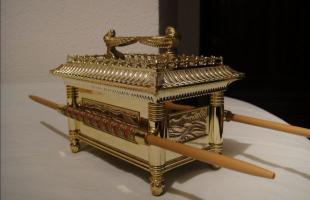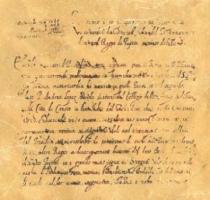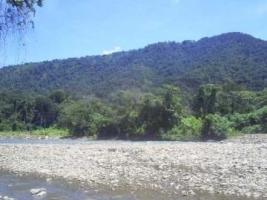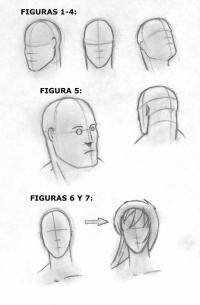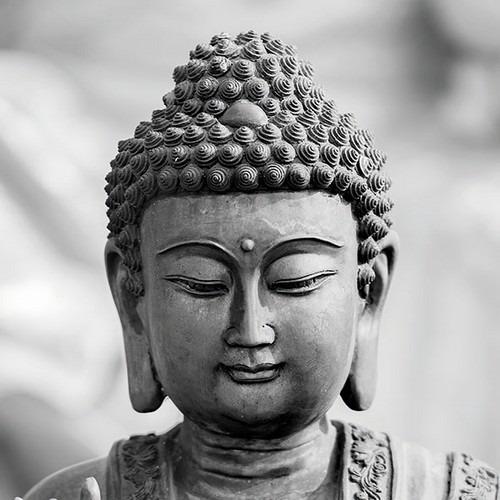Drawing by Blas Valera open new horizons about the true location of Paititi
The enigmatic drawings (1618), by Blas Valera, open new horizons about the true location of Paititi

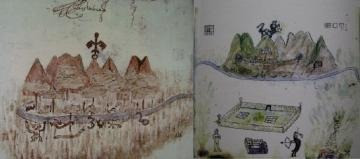
According to traditional historiography, Blas Valera was born in Chachapoyas, Peru, in 1546 and died in Malaga, Spain, in 1596. He was the son of a Spaniard, Luis Valera, and an indigenous woman, and demonstrated from an early age a strong predilection for History.
At the age of 22 he joined the Society of Jesus. After five years of theological studies he was ordained a priest in the diocese of Lima, in 1573. Initially he was sent to Huarochirí, in Quito, where the Society of Jesus had the mission of eradicating idolatries, or pagan beliefs.
Blas Valera showed firmness and his knowledge of Quechua was essential. After these excellent results he was sent to Cusco, Potosí and, finally, to Juli, on Lake Titicaca, where he continued the work of evangelization.
In 1582 something very particular happened that changed his life: he was accused of having had sexual relations with a woman and, for this reason, while he was awaiting trial from the church of Rome, he was removed from the place of evangelization and sent to Lima, where he dedicated himself to instruction.
In 1587 Rome announced that Blas Valera had to abandon the order of the Society of Jesus and, if he opposed this decision, he had to be locked up for a period of 10 years during which he had to dedicate himself to humble jobs, in addition to the continuous recitation of the psalms.
In 1591 they decided to send him to Spain, but the trip was postponed several times, since the Jesuit remained in Quito and Cartagena de Indias. Only in 1595 did Blas Valera arrive in Cádiz, where, however, he was imprisoned, denying him the possibility of teaching.
Why was he subjected to such drastic punishment?
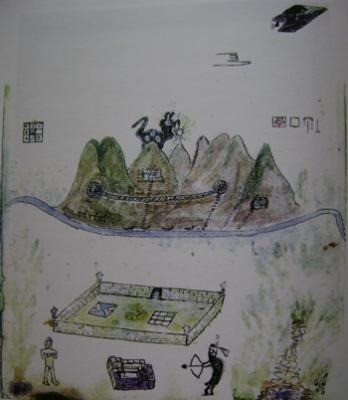
According to some historians, it is possible that the true faults of the mestizo Jesuit were other: not only those of letting the world know, through his writings, how Francisco Pizarro had actually conquered Peru, through deception, but also, probably, having divulged how the viceroy administered the kingdom, with unspeakable penalties for the natives, who were subjected against their will to various injustices, such as the encomienda and the mita.
According to some Jesuit documents, Blas Valera was wounded during the sack of Cádiz and later died in Malaga, at the age of 51, in 1596.
Likewise, official historiography states that Blas Valera was the author of two main works: a Historia Occidentalis, to which the Inca Garcilaso de la Vega resorted for the writing of his Royal Commentaries (1609) and the Relation of the ancient customs of the natives of Perú. While the first work was lost, the second was preserved in the National Library of Madrid and, although it is officially anonymous, most historians attribute the authorship precisely to Blas Valera.
However, in recent years, two very interesting manuscripts were found in the room of Mrs. Clara Miccinelli of Naples, Italy, whose authorship, at least one of them, is attributed to Blas Valera.
From reading the first manuscript, whose title is Exul Immeritus Blas Valera Populo Suo (signed by Blas Valera on May 10, 1618 in Alcalá de Henares, Spain), it is deduced, first of all, that the father general of the Order of The Jesuits, Claudio Acquaviva, did not view Blas Valera favorably, perhaps because of his “revolutionary” ideas. Furthermore, the book narrates that as soon as he arrived in Spain, his Historia Occidentalis was stolen, which Garcilaso de la Vega then used improperly, distorting the ideas contained therein and showing in his Royal Commentaries a world where everything was going well, as he did not highlight the faults of the conquistadors and encomenderos as, on the other hand, Blas Valera did in his Historia Occidentalis.
On the other hand, from the reading of Exul Immeritus Blas Valera Populo Suo it is argued that Blas Valera, taking advantage of his good relations with Muzio Vitelleschi, the successor of Claudia Acquaviva, returned to Peru, where he remained until 1618, then, having returned to Spain, precisely wrote Exul Immeritus Blas Valera Populo Suo.
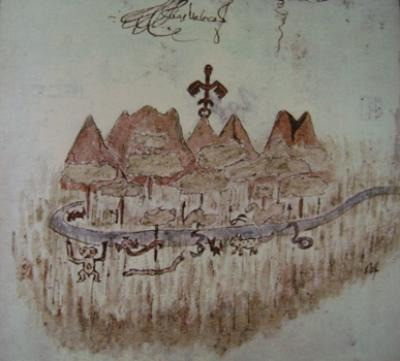
In the work, it is attributed to Blas Valera also the authorship of the famous manuscript Nueva Crónica y Buen Gobierno, which came to light in Denmark in 1908, being awarded to the indigenous Guamán Poma de Ayala, given that Blas Valera was officially dead.
One of the most relevant points of Exul Immeritus Blas Valera Populo Suo is the description of how Francisco Pizarro managed to defeat Atahualpa's soldiers, forcing them to drink poisoned wine to kill them. The liquor was poisoned by Johannes Yepes, a Dominican subject to the authority of the conquistadors. This infamous story, which, if proven, would be a further indication of the ignoble and evil behavior of Francisco Pizarro, was supposedly communicated by Francisco Chávez to the King of Spain, Charles V, but was kept secret so as not to discredit the name of the Spanish in the world.
The second manuscript that was found in the house of Mrs. Clara Miccinelli is the Historia et rudimenta linguae piruanorum and, although the authors seem to be the Jesuits Joan Antanio Cumis and Joan Anello Oliva, in summary, the book confirms the theses that were exhibit in Exul Immeritus Blas Valera Populo Suo and the keys to decipher and understand the quipus are formulated.
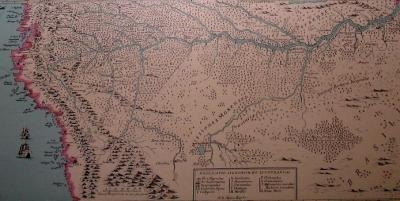
According to the two Jesuits, the true reason for Blas Valera's departure from Peru and forced isolation were his religious ideas, since he considered that the traditional Inca faith had distant origins in Christianity and, therefore, he did not recognize the Andean cults.
Hence he was accused of being heretical and was sent away from Peru, perhaps because it was thought that he might be capable of triggering revolts, fanning the fire of the revolution or, worse still, feeding the myth of Paititi, which was seen as a legendary place where the descendants of the Incas had hidden, where ancient traditions were preserved and, consequently, where the germ of rebellion could develop.
In fact, the most controversial details of the book Exul Immeritus Blas Valera Populo Suo are precisely two drawings (one seen from the mountains and the other from the jungle), attributed to Blas Valera, which represent the lost city of Paititi through symbols, secret codes and mysterious allegories.
Both drawings illustrate the same mountain range made up of 5 peaks (in the “tropical” drawing, the first on the left, the second and the fifth are in turn made up respectively of 3 and 2 peaks, also looking from the left), but while in the “tropical” drawing the mountain range is seen from a point of view located in the jungle, in the “Andean” drawing the same mountains are seen from other mountains, or from a completely different angle.
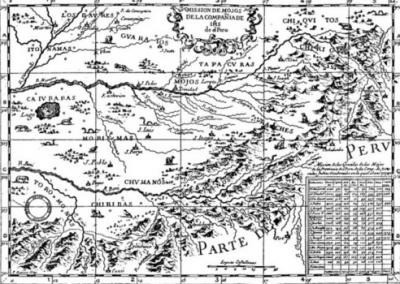
In the “tropical” drawing you can see some typical animals of the rainforest, such as an ape, four snakes and a jaguar. Also visible, on the third peak looking from the left, is the stylized figure of a condor. A river flows placidly from the mountain range, and above you can see the signature of Blas Valera.
On the other hand, in the “Andean” drawing, which is much more complex and mysterious, would be the keys to the recognition of Paititi.
First of all, to the left and to the right of the mountain range seen from the Andean part there are, respectively, a yupana (abacus) and Andean symbols that, based on the interpretation of the doctor in Medieval History and expert in ancient paleography Laura Laurencich Minelli (University of Bologna, Italy), means PAYQUIQUIN, or, what is the same. Many historians and researchers have debated much about the meaning of these words. It is usually thought that Blas Valera wanted to refer to Cusco, or to the capital of Tahuantinsuyo.
Since Cusco was in the hands of the invaders and could never return to what it was before, the central role of Tahuantinsuyo was assumed by the fortified citadel precisely called PAYQUIQUIN, a word strangely similar to PAITITI, the legendary Amazonian kingdom located in the low Amazon jungle, in the triangle between the Mamoré, Beni and Yucuma rivers (see Vera Tyuleneva: The land of Paititi and Lake Rogaguado).
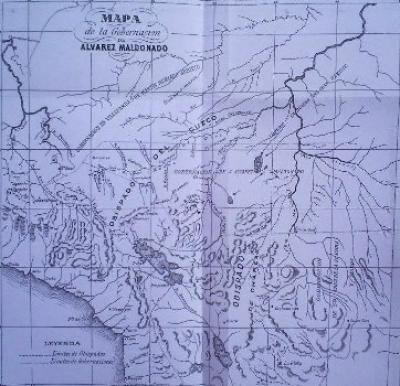
In the “Andean” drawing you can see a stylized flame located on the second peak. Three discs appear to be engraved on its body, while another, larger one with rays, is illustrated on its mouth. Perhaps Blas Valera wanted to allude to the famous golden solar disk of Coricancha, which was never found by the conquistadors?
On that same mountain (the second from the left), further down, the citadel is represented, precisely the Paititi, which is reached by following an extremely steep staircase, from a river located further down, which flows at the foot of the five mountains. There is also another citadel, perhaps a kind of defensive fortress, located in a ravine on the fifth mountain, also connected to the river by means of a staircase.
Another characteristic of this complex drawing are two circles (both formed by 4 concentric circles) located on the precipices of the first and fourth mountains, which are joined by a type of suspended bridge. From the circle located on the fourth mountain, a staircase descends to the river. According to the interpretation of Laura Laurencich Minelli, these circles could be two caverns used as cemeteries or funerary chambers where the bones of the deceased Christians and indigenous people were placed.
In the “Andean” drawing, from the other side of the river, a kind of garden surrounded by walls is represented: in its center there are three nuggets (of gold?), while on both sides there are two TOCAPUS, or, symbolic Inca drawings.
The one on the left represents Tahuantinsuyo, while the one on the right, made up of 9 squares, symbolizes the “square land of Tahuantinsuyo.”
It is noted, however, that only one square is colored green and, according to the interpretation of Laura Laurencich Minelli, it refers to the Antisuyo, namely, the Amazonian part of the Tahuantinsuyo, and its coloring means that the jungle was the only one that It was not yet in the hands of the invaders, but was “free.”
On the sides of the garden surrounded by walls, which could be precisely the center of Paititi, there is an anthropomorphic Andean idol and an Amazonian warrior that could symbolize an indigenous person whose purpose is to defend the citadel. In my personal interpretation, it is possible that it was a Matsiguenka or a Toromona.
These two drawings are currently the only original illustrations of Paititi that exist today.
Did Blas Valera really want with these drawings to tell the natives how to get to Paititi or did he just limit himself to imagining a utopian citadel where the already established order could be refounded in the future, which would also serve the indigenous people, to never lose hope of one day being able to rebel against the invader, dreaming of the possibility of taking refuge in it, a place where traditions and ancient rules would be preserved forever?
In my opinion, Blas Valera really had a revolutionary spirit and, in the book Exul Immeritus Blas Valera Populo Suo, there are the true keys to reaching Paititi, where he probably traveled, thus being able to realize how ancient traditions were maintained, in a closed and esoteric world, reserved, therefore, only for a few.
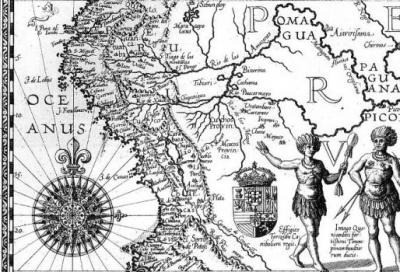
Starting in 1960, many explorers and adventurers searched for Paititi in the jungles of Peru and Bolivia, but to date none have reached the coveted goal. The first and most active of all was the Arequipa doctor Carlos Neuenschwander Landa, followed by his American disciple Gregory Deyermenjian. There have been others, such as the Cartagena spouses and the religious Juan Carlos Polentini Wester.
However, it must be remembered that the area in question where Paititi could be located, with an area of approximately 400,000 square kilometers of virgin forest, goes from the Manu River (tributary of the Madre de Dios River) in Peru, to the Eastern Cordillera of Bolivia (I am referring to the mythical citadel described as “city of silver” by Francisco Rodríguez Peinado, Sancho de Abarca and Hidalgo de Paredes in the untitled manuscript En la ciudad de la Plata, 1644, Archivo general de las Indias, Lima 166, Seville). Therefore, we could be only at the beginning of a long series of exploration trips that will one day lead to the discovery of the Blas Valera oasis.
Observing the two interesting drawings carefully, it is deduced, in my opinion, that the citadel would have to be located in the west-facing part of a mountain range that delimits the end of the so-called "high jungle."
Beyond this mountain range, therefore, would be found the Amazonian lowland forest, the tropical rainforest ecosystem. From this it is also inferred that, if Paititi, as a fortified citadel, was built in remote times (one of the versions of the myth states that it was built by Inkarri), it could have been that enclave between the mountains and the jungle where products were exchanged and that the access of Andean peoples who could represent a danger to the Amazonian peoples was militarily controlled.
YURI LEVERATTO









